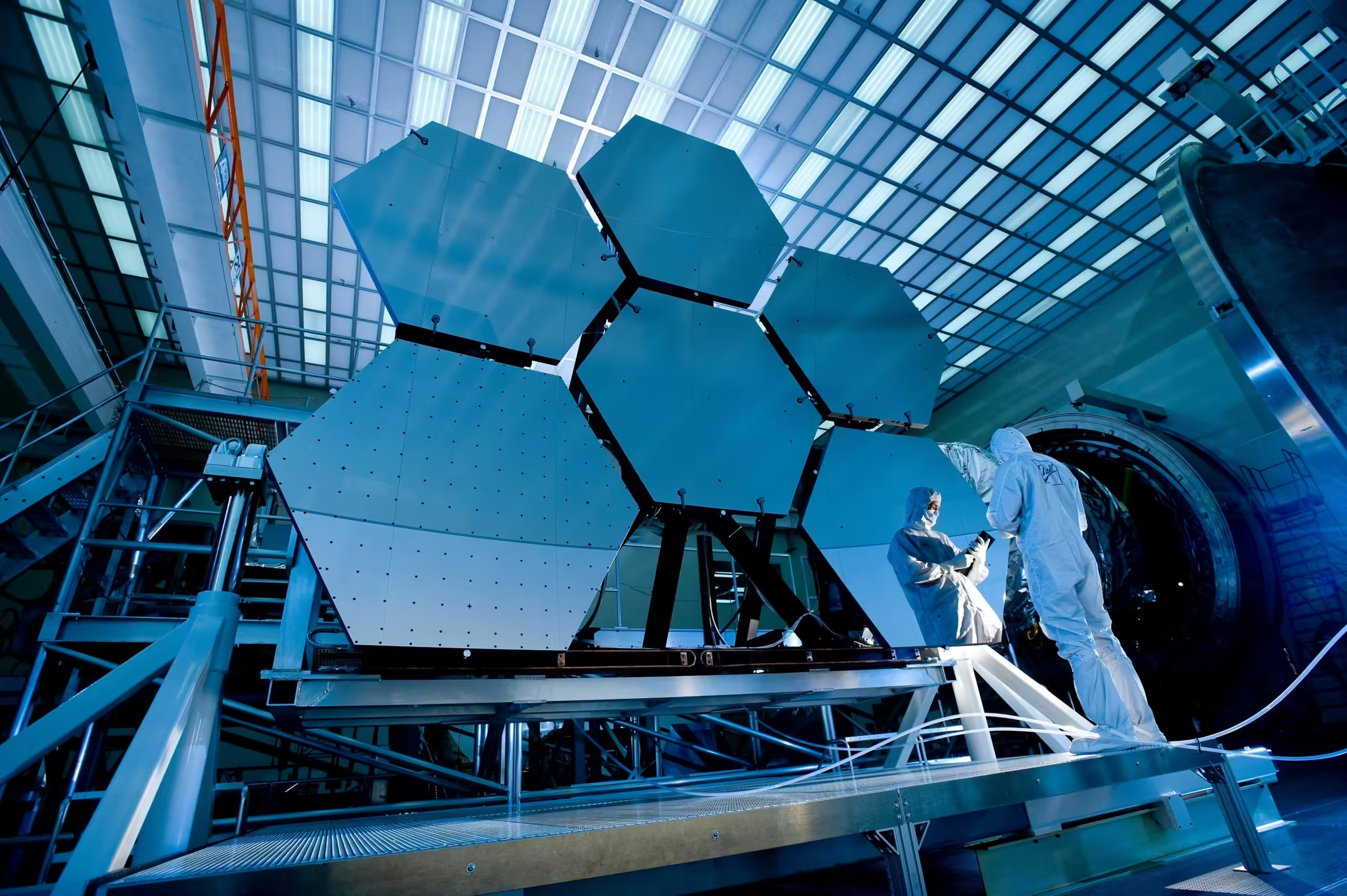Exploring the Various Types of Telescopes. What if you could reach out and touch the stars? Or maybe you’ve gazed at the moon and wondered how far our understanding of the cosmos can take us. The allure of the night sky has fascinated humankind for centuries, igniting a passion for exploration that has led to remarkable advancements in both technology and knowledge. Telescopes play a significant role in this journey, enabling you to peer into the depths of space from the comfort of your own backyard. But just how many types of telescopes are there? The answer may surprise you.

This image is property of images.pexels.com.
Table of Contents
Understanding Telescopes
Telescopes are the tools that allow you to observe celestial objects with incredible detail. They gather and magnify light, enabling you to see distant stars, planets, and galaxies. While they may all serve the same basic purpose, the way they achieve this can differ dramatically. This piece will walk you through the various types of telescopes, their unique features, and how each offers a different view of the universe.
When it comes to the importance of telescopes, consider how they have shaped our understanding of the universe. From early models that relied on lenses, to sophisticated instruments capable of capturing light years away, the development of the telescope has advanced our comprehension of space in ways few other tools have.
A Brief History of Telescopes
The first telescope is usually credited to Hans Lippershey, a Dutch spectacle maker who devised a simple refracting telescope in 1608. However, it was Galileo Galilei who popularized these early telescopes, using them to make groundbreaking observations of celestial bodies like Jupiter’s moons and the phases of Venus. These pioneering efforts laid the foundation for modern astronomy, giving you a glimpse into how curiosity and innovation can transform humanity’s understanding of the universe.
Since Galileo’s time, telescopes have undergone significant transformations. Several key advancements, including the development of mirrors and adaptive optics, have produced powerful telescopes capable of observing distant galaxies and detecting exoplanets. As technology continues to progress, the types and capabilities of telescopes are expected to evolve further.
Current Trends in Telescopes
In the world of telescopes, innovation is nonstop. Recent trends point to the rise of space-based telescopes like the James Webb Space Telescope, launched in December 2021, which has the potential to revolutionize our understanding of the universe. Unlike ground-based telescopes, those in space are free from atmospheric interference, allowing for clearer and more precise observations. This is particularly beneficial for studying distant cosmic events, like the formation of stars and galaxies.
Moreover, amateur astronomy has seen a surge in popularity due to advancements in affordable telescope technology, along with apps that help you navigate the night sky. With smartphones acting as guides, you can easily find planets, stars, and other celestial phenomena, making astronomy an accessible hobby.
Key Concepts and Definitions
To better understand the various types of telescopes, it’s helpful to familiarize yourself with a few key concepts:
Refracting Telescope: Uses lenses to gather and focus light. The primary lens, known as the objective lens, captures the light, while the eyepiece lens magnifies the image.
Reflecting Telescope: Utilizes mirrors to direct and focus light. The primary mirror collects incoming light and reflects it to a focus point.
Catadioptric Telescope: Combines both lenses and mirrors to gather and focus light, providing versatility and improved image quality.
By understanding these concepts, you can appreciate the distinctions between the different types of telescopes.
A Closer Look at Telescope Types
Refracting Telescopes
Refracting telescopes, often recognized for their elegant design, use a series of lenses to bend (refract) light into a focus. Here are some defining characteristics:
Advantages: They produce clear and high-contrast images, making them popular for planetary observations. They require minimal maintenance since the optics are usually sealed.
Disadvantages: Refractors can be heavy and challenging to construct, especially as the diameter of the objective lens increases. Chromatic aberration, where colors don’t converge at the same focus, can affect image quality.
Reflecting Telescopes
Reflecting telescopes, invented by Isaac Newton in the 17th century, use mirrors to focus light. Let’s break down their essentials:
Advantages: They can be built much larger than refractors without the issues of chromatic aberration. Reflectors are generally less expensive to produce for larger apertures, making them popular among both amateur and professional astronomers.
Disadvantages: Regular maintenance is required to keep mirrors clean and well-adjusted. The design can also introduce astigmatism if not constructed properly.
Catadioptric Telescopes
Catadioptric telescopes combine lenses and mirrors, resulting in a compact design. Here’s what you need to know:
Advantages: They produce sharp images with minimal distortions, making them versatile for a range of astronomical observations. Their compact design makes them easier to transport and set up at remote observation sites.
Disadvantages: The complexity of their design can lead to higher costs, and they may require more precise alignment.
Specialty Telescopes
Beyond the general categories, there are unique telescopes designed for specific purposes.
Solar Telescopes: Specifically built to observe the sun without damaging your eyesight. They use specialized filters to block harmful solar radiation while allowing you to view solar phenomena like sunspots and solar flares.
Radio Telescopes: Instead of visible light, these telescopes detect radio waves emitted by celestial objects. They’re essential for studying cosmic events such as pulsars and quasars, which contribute to our understanding of the universe’s structure.

This image is property of images.pexels.com.
Real-World Examples
To give you a clearer picture, let’s examine a few notable telescopes that exemplify different types:
Example 1: The Hubble Space Telescope
Perhaps one of the most famous telescopes, the Hubble Space Telescope, orbits Earth and provides breathtaking images of distant galaxies and cosmic events. It’s a classic example of a reflecting telescope equipped with a sophisticated array of instruments that allow it to capture detailed images across various wavelengths. Hubble has made significant contributions to fields like cosmology, shedding light on the expansion of the universe and the existence of exoplanets.
Example 2: The Keck Observatory
Situated atop Mauna Kea in Hawaii, the Keck Observatory operates two of the world’s largest optical telescopes. These telescopes utilize advanced adaptive optics technology, which corrects for atmospheric distortions. This enables them to produce images rivaling those obtained by space-based telescopes. The Keck telescopes have contributed significantly to exoplanet research, facilitating the discovery of new worlds beyond our solar system.
Comparing Different Perspectives
When examining the various types of telescopes, different perspectives on utility and application emerge.
| Type | Viewing Experience | Maintenance Needs | Cost |
|---|---|---|---|
| Refractor | High-quality images | Minimal | Moderate to High |
| Reflector | Crisp and clear | Regular cleaning and adjusting | Moderate (larger are cheaper) |
| Catadioptric | Versatile and sharp | Periodic realignment | Higher |
| Solar | Specialized views | Maintenance of solar filters | Moderate to High |
| Radio | Non-visual data | Regular (instrument calibration) | Moderate |
This comparison highlights the distinct characteristics and maintenance needs associated with each telescope type. It’s essential to consider these factors when selecting the best telescope for your needs.

This image is property of images.pexels.com.
Evaluating the Impact of Telescopes
The advancements and variety in telescope technology have significant implications across scientific fields, societal interests, and amateur astronomy. As telescopes become more accessible, they empower individuals, enthusiasts, and scientists alike to observe the cosmos, fostering a culture of discovery and learning. The continuous evolution in telescope technology not only enhances our understanding of the universe but also aids in unearthing solutions to pressing global issues such as climate change and resource management.
For instance, space-based telescopes provide data critical for studying the effects of global warming and can even aid in tracking hazardous asteroids, contributing to efforts aimed at planetary defense.
Looking Ahead: Future Directions and Predictions
As you look to the future of telescope technology, several exciting possibilities arise. Rapid advances in materials science, optics, and computer technology forecast that next-generation telescopes will likely be even more powerful than their predecessors.
Expect space telescopes featuring advanced spectrometers to probe atmospheric compositions of exoplanets, pushing the boundaries of our understanding of potentially habitable worlds. Moreover, improvements in adaptive optics will likely enable ground-based telescopes to rival the clarity of space-based observations.
As public interest in astronomy continues to grow, it’s probable that more user-friendly telescopes will become available, appealing to everyone from seasoned professionals to curious newcomers.

The Implications of Telescopes on Society
The available forms of observational astronomy have immense societal implications. A society that encourages exploration and curiosity fosters innovation, critical thinking, and a greater appreciation for science and nature. By having access to telescopes and developing a deeper understanding of the cosmos, you become part of an intricate tapestry of human knowledge and inquiry.
Moreover, the insights gained from astronomical research can spur discussions on the larger existential questions facing humanity, such as our place in the universe and our responsibilities toward our planet. As you ponder these topics, think of the universe as a shared space bringing humanity together in seeking understanding and knowledge.
Conclusion
In summary, telescopes come in various forms, from refracting and reflecting to catadioptric designs, each with unique features and benefits. The history of telescopes reflects human curiosity and innovation, shaping our understanding of the universe. The current landscape of telescopes hints at a promising future filled with advancements that will deepen our grasp of space.
So, how will you engage with the cosmos? Will you take an interest in astronomy, or perhaps even invest in a telescope yourself? The universe is vast and full of mysteries just waiting to be uncovered.
As you marvel at the night sky, remember that it’s more than just a collection of stars; it’s an invitation to explore, inquire, and appreciate the beauty and complexity of the universe. What do you think of the journey celestial exploration offers?
Further Engagement
For those interested in continuing this journey into the stars, consider looking into local astronomy clubs or resources that cater to amateur astronomers. Each glimpse through a telescope can inspire curiosity and wonder, making for a beautifully enriching experience that can impact your understanding of life itself.
And if you’re eager to learn more, here are some credible sources that can deepen your exploration into the world of telescopes:
- “Telescopes: How to Use Them” – American Astronomical Society
- “Hubble Space Telescope: The Groundbreaking Observational Tool” – NASA
- “Keck Observatory: Pioneering Astronomy Through Innovation” – W. M. Keck Observatory
With each passing night, new wonders await you beyond the horizon. Stay curious and keep looking up!

